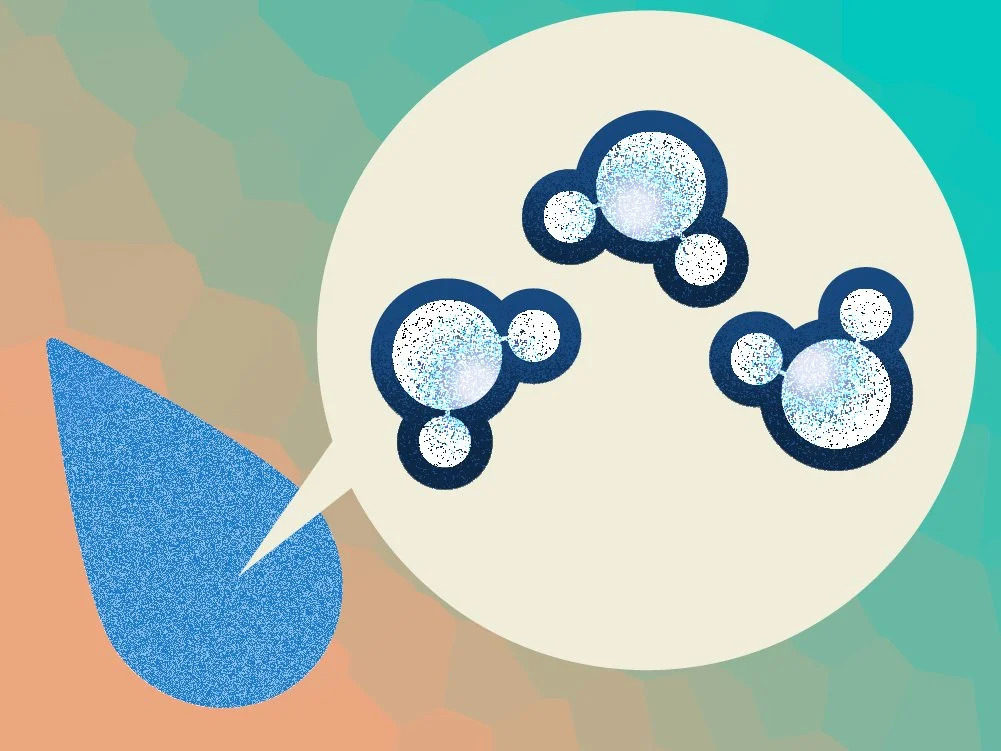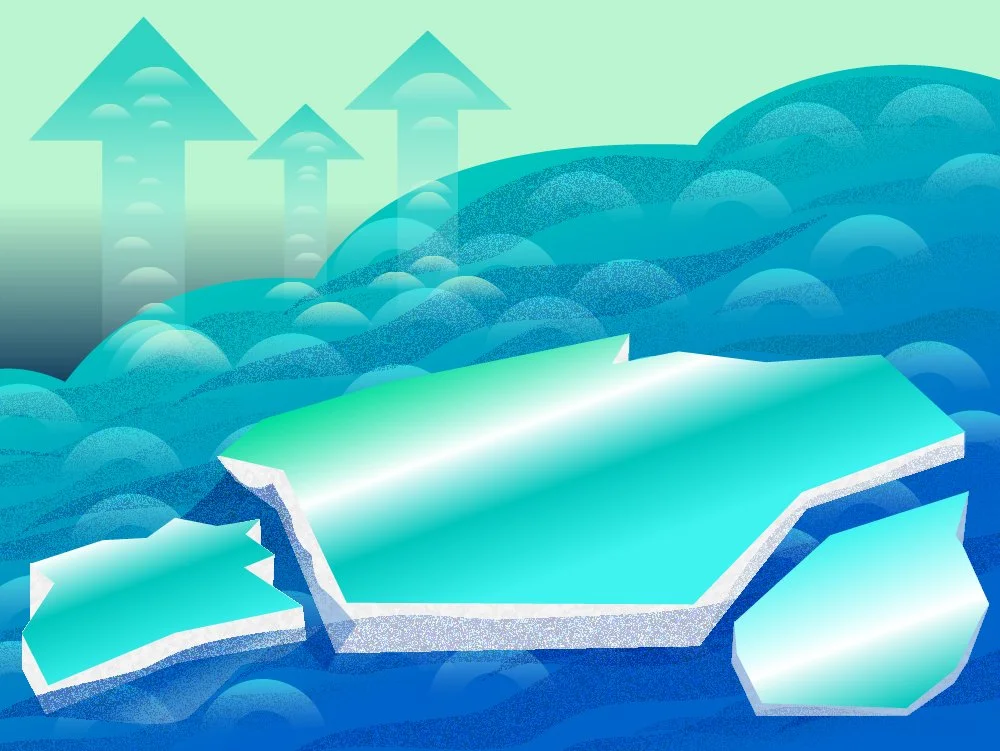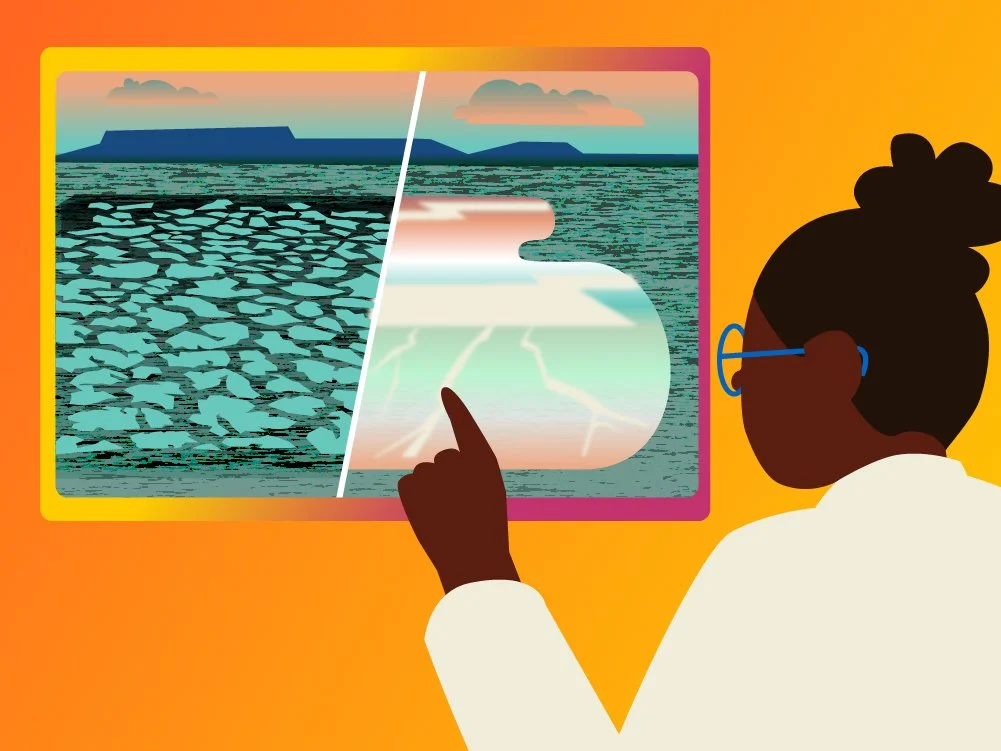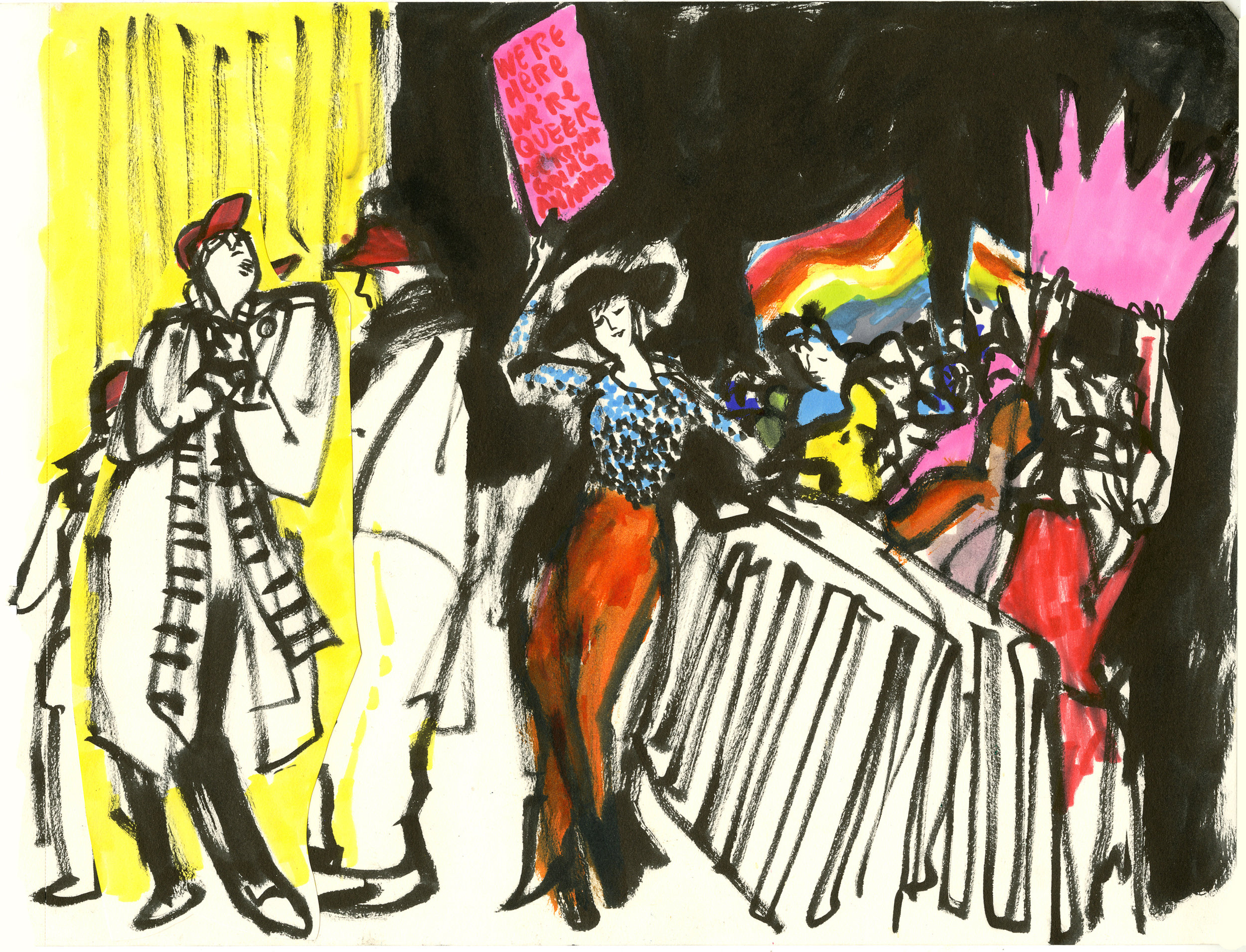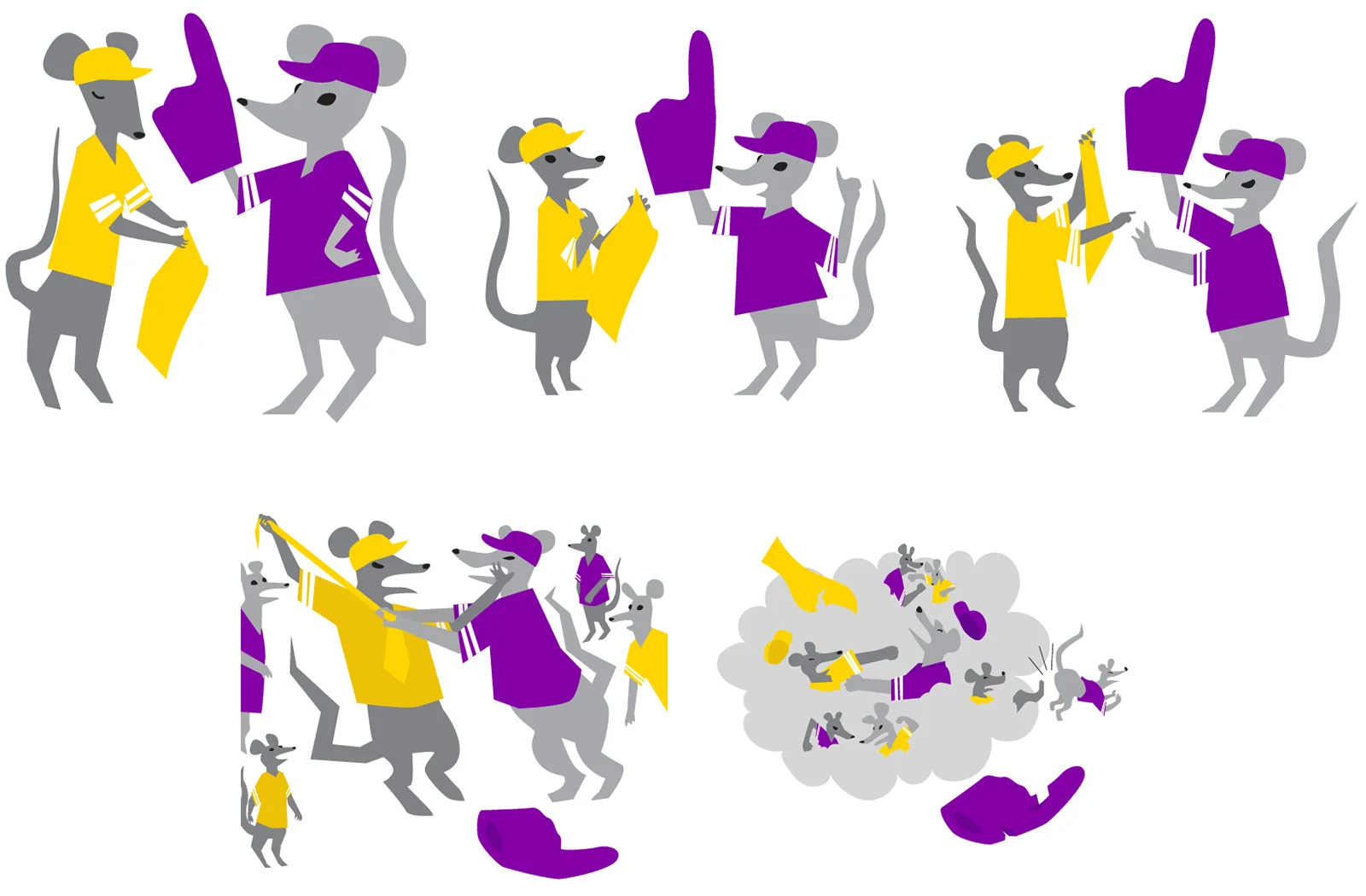
7
Phase Change

4
Science

4
The Oresteia

4
Mi ruidoso cuerpo

6
Life in Quarantine

8
Lunar New Year

6
Book Illustrations

13
Children's Books

12
#Resist

7
Portraits
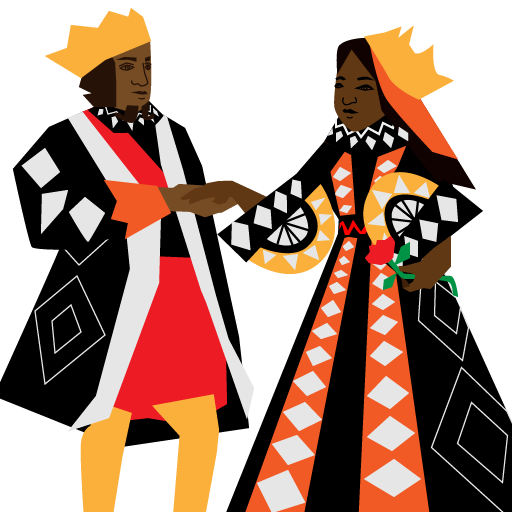
6
Amplify Games

14
New York & Elsewhere

0
Boosey & Hawkes Holiday Animation
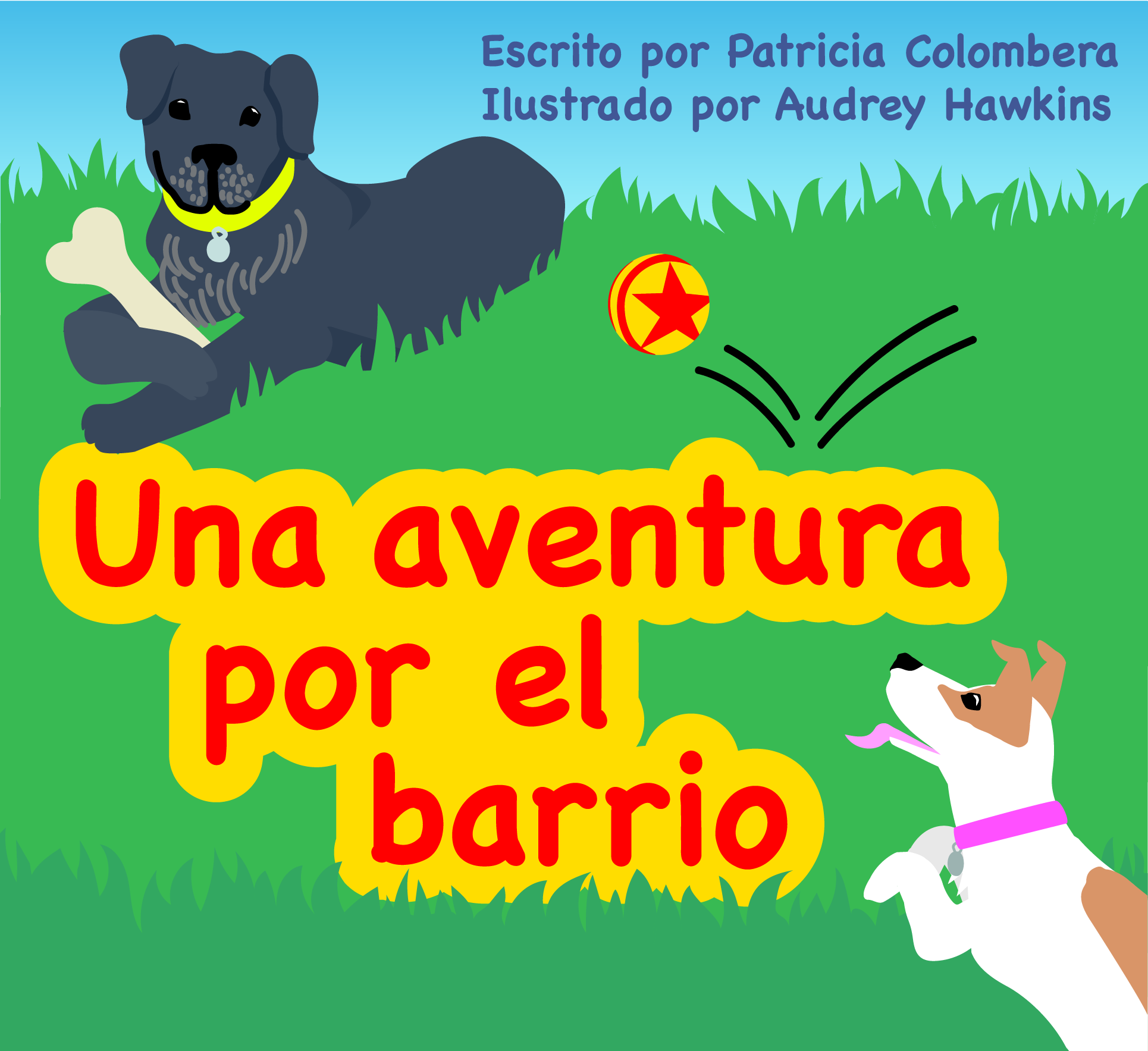
6
Una aventura por el barrio

9
Charles W. Morgan Restoration

9
Black Lives Matter

12
Drawing on Location


